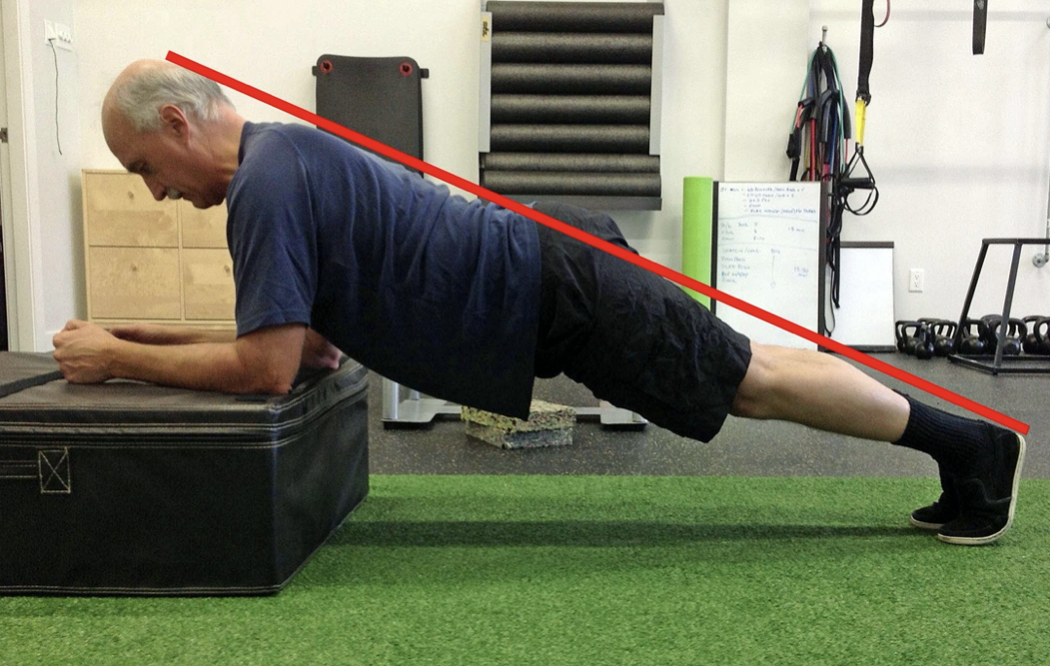
The One Thing You Are Doing In The Gym ( Or At Home ) That May Be Keeping You In Pain.
“To me, if life boils down to one thing, it’s movement. To live is to keep moving” – Jerry Seinfeld
Most gym and non – gym people agree on one thing – they are either doing lots of core exercises or say they need to do more core exercises.
Really?
I see a whole lot of people in my practice with back pain who are doing “a ton of core exercises”.
If those core exercises were so good for you, why are you in my office today?
The Myth Of Needing a Strong Core
“Simply put, a solid core is sexy” – Dan Cohen
That may be, but…
There’s a myth that the core muscles need to be trained hard to prevent back pain. Actually, there’s little scientific evidence to support this notion. While being able to activate and engage your core muscles is important, it’s equally important to be able to release and relax your core muscles when needed and while moving about all day.
People who over-train their core put excessive strain on their back while they are doing their core exercises. That adds stress, excessive stiffness and compression to their back all day as they continue to “engage’ their core, ending up with a back ache.
The same applies to those who do the plank exercise when they hold it for 30 seconds or longer. Can you think of any activity in daily life that requires you to contract those muscles that hard for that long? And you’re probably breathing quite shallow during your 30 plus second plank, missing the opportunity to engage and exercise the most important core muscle of all, your diaphragm.
The real trick is learning how to quickly engage your core, and just as quickly relax your core when needed in sport activities and throughout the day.
Here’s How You Do It.
“If you want something you’ve never had, you have to do something you’ve never done” – Thomas Jefferson
Start with practicing your abdominal breathing. Lay on the floor, face down, forehead resting on your hands as shown. Take a full breath in and expand your abdomen and feel your belly push into the floor. Your lower back will rise up a little, and that’s good for it. Your chest and upper ribs should not rise up.

Once you’ve done 20-25 breathes in this position, it’s time for your 10-15 second planks, while maintaining an abdominal breathing pattern. Try it. Difficult isn’t it? But now you’re engaging your diaphragm, one of your most important muscles of your core!

Hold this plank position for 10-15 seconds, or for three to five abdominal breaths. Pull your elbows towards your feet, while maintaining the position above. Then relax your knees to the floor, take in another two or three breaths, and get into your plank position again. Repeat about 10 times. You don’t need a gym to do this.
This turning on and off of your core muscles will add to your athletic ability and help protect your back when you need to. It will also teach you how to relax your core when you need to. And how to breathe properly.
You don’t need to walk around all day like you’re about to do a 200 pound deadlift.
~ Dr. Olson

Dr. David Olson
Contact Me


